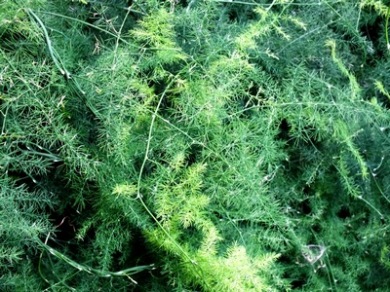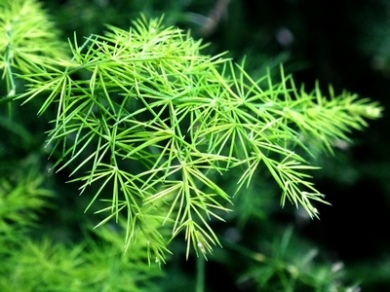Passiflora edulis is a vine species of passion flower that is native to Brazil, Paraguay,Uruguay and northern Argentina. Its common names include passion fruit.
It is cultivated commercially in warmer, frost-free areas for its fruit and is widely grown in Argentina, Australia, Bolivia, Brazil, the Caribbean, Colombia, Costa Rica, Dominican Republic, East Africa, Ecuador, Haiti, Hawaii, India, Indonesia, Israel, Mexico, New Zealand, Panama, Peru, Portugal [Madeira], Puerto Rico, Sri Lanka, South Africa, United States [California and Florida], Venezuela and Philippines.
The passion fruit is round to oval, either yellow or dark purple at maturity, with a soft to firm, juicy interior filled with numerous seeds. The fruit is both eaten and juiced; passion fruit juice is often added to other fruit juices to enhance the aroma.

^ Flower of Passiflora edulis.
In Indonesia there are two types of passion fruit [local name is markisa), white flesh and yellow flesh. The white one is normally eaten straight as a fruit, while the yellow variety is commonly strained for its juice, which is processed to make concentrated syrup and sold in many supermarkets.
* Indonesian
Photo: Courtesy of James Gunawan, Sukabumi, West Java, Indonesia, 20130509
Source: Wikipedia
1.436046
103.786057













